Links and write-ups about beautiful things from around the web!
-
Shel Silverstein on the Johnny Cash Show
[Video no longer available]
To override that last post of questionable coolness, here’s something decidedly cool: Shel Silverstein on the Johnny Cash Show, where he talks about being Uncle Shelby, plays a very quick duet with Johnny (“Boy Named Sue”, naturally), and finishes up with a solo of “Daddy, what if…?”.
-
Philip Pullman How to Be Cool
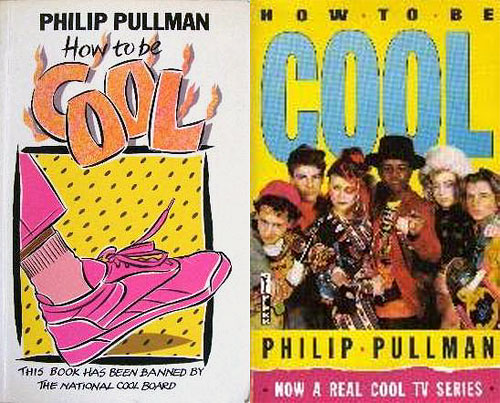
I’ve never read this, can’t say I’ve seen the TV miniseries, and I know you shouldn’t judge a book by the cover, but this seems like a total non sequitur coming from the celebrated author of the iconoclastic His Dark Materials… What happened here?
(via Julian Hector)
-
Lego Minifigs Rocketed to Jupiter
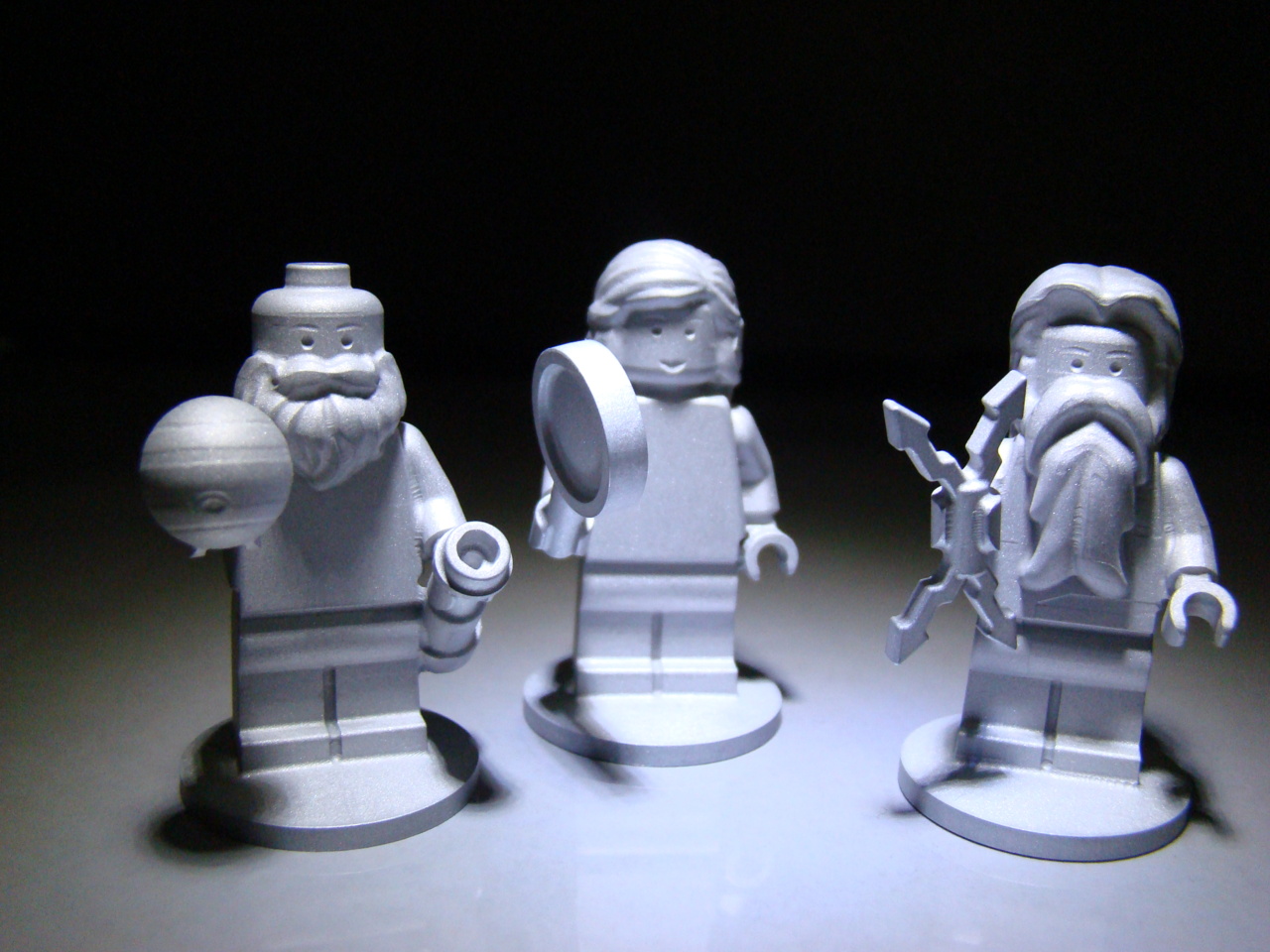
NASA has teamed up with LEGO to blast the above three custom minifigs to Jupiter via an Atlas V rocket! There’s so much about this idea that excites the little kid in me. The three aluminum individuals going along for the ride are the goddess Juno (namesake of this NASA Jupiter probe project), bearing an outsized magnifying glass; Jupiter himself, with lightning bolts; and Galileo, with telescope and globe, who isn’t a god but made followers of one kind of angry back in the day when he started noticing and thinking about the moons circling the distant planet.
If these weren’t cast in metal, I’d like to think all three would be wearing the classic LEGO Space logo suit.
-
Hightower Rip
Inside, I’ve got to feel I’m the best, but if I tell you I’m the best, then I’m a fool. Bubba Smith, football and Police Academy star, quoted in his New York Times obituary.
-
Lucasfilm Games Tv Humor Video
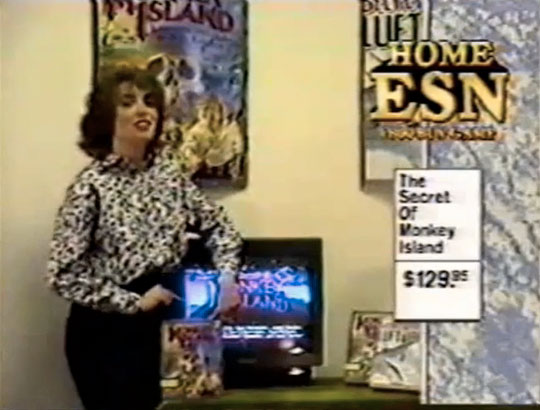
If you’re a fan of the old Lucasfilm Games (and the kind of video game nerd that likes this sort of weird find…), don’t let your week go by without watching this internal Lucasfilm Games parody video unearthed by Mix n’ Mojo. Shots of Skywalker Ranch, Ron Gilbert, Larry Holland, jokes riffing off of the “Bo Knows” and “Spielvergnügen” (erm, Fahrvergnügen) ads, and even a song sung on the Ranch’s porch about their adventure games. It doesn’t get much more 1990 then this, folks!
(Bonus: watch for the boxed copy of King’s Quest V on the desk at around 8 minutes in — how’d that get in there??)
-
Visual 6502
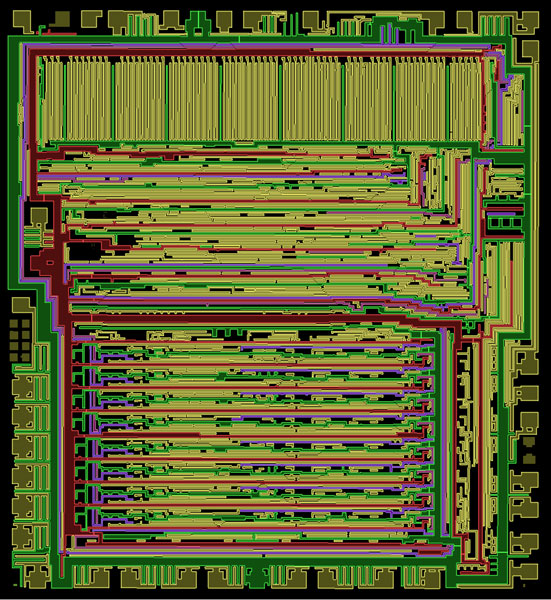
Archeology Magazine has a feature story about the “digital archeologists” behind Visual6502, the group “excavating” and fully remapping the inner workings of the classic 8-bit MOS Technology 6502 microprocessor. That might not sound interesting, but if you’ve been alive for more than 20 years you know the chip: it was the heart of early home computers ranging from the Apple I and Apple ][ to the Atari game consoles all the way up to the Nintendo NES.
Very cool and all, but in case you’re still not interested, here’s some excellent trivia slipped into the article:
In the 1984 film The Terminator, scenes shown from the perspective of the title character, played by Arnold Schwarzenegger, include 6502 programming code on the left side of the screen.
Whaaat!? The SFX team working on The Terminator went so far as to copy actual assembly code into their shots? That’s pretty awesome! So where’d they get it? It was copied from Apple II code published in Nibble Magazine (even the T-800 enjoys emulators when its not busy hunting down humanity, I guess).
Bonus nerdery: check out this HTML5 + JavaScript visual simulation of the 6502 chip. Holy smokes!
(Via Discover, photo from the Visual6502 site)
-
Ibm Selectric Turns 50
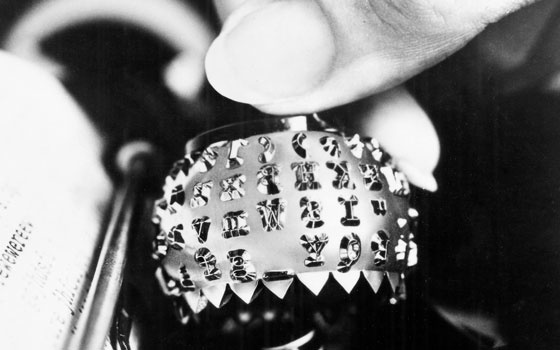
It’s the 50th anniversary on Sunday of the IBM Selectric, the typewriter that revolutionized modern office equipment. Removing those antiquated mechanical keys attached to individual type bars, the Selectric introduced the crazy golf ball thing seen above, rapidly rotating the correct letter into place before striking the paper (unlike older typewriters, the paper stayed put and the ball + ink ribbon moved). Users could even swap out their golf ball for one of many with a different font set, a feature now taken for granted with our magical computers.
Retro-sexy enough to be featured in the 1960 world of Mad Men (the model they use is somewhat anachronistic), solid enough to be Hunter S. Thompson’s preferred machine (his was red), but with enough geek cred to be used as an electromechanical computer terminal interface (six-bit character encoding!).
My office’s supply room still stocks some of these balls, even though I can’t imagine there are many typewriters left. I’d better go stock up.
(Via El Reg)
-
Microsoft Adventure
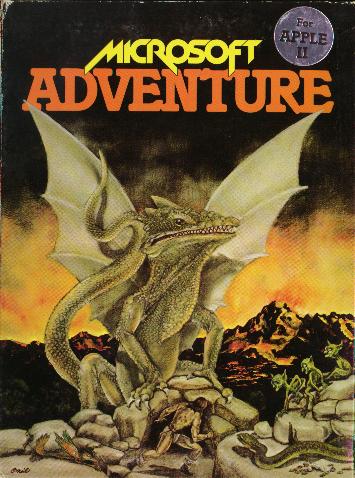
Speaking of the Seattle behemoth, here’s an interesting history of Microsoft Adventure, the first output of the young company’s “consumer products division” in 1979, an early early example of the not-yet-there retail computer game industry:
The story of Microsoft Adventure provides a good early illustration of both the very real technical and marketing acumen of Gates’s company and its genius for ignoring ethical considerations while still staying on the right side of the law. It provides an early example of what was already becoming the company’s modus operandi, one guaranteed to piss off idealistic hackers as much as it would delight its financial backers. And, not incidentally, it also represents a very important moment in the continuing evolution of adventure games. …
But now we come to the elephant in the room: the question of credit. At no place in the Microsoft Adventure program or its accompanying documentation do the names of Crowther and Woods appear. We are told only that “Adventure was originally written in FORTRAN for the DEC PDP-10 computer,” as if it were the result of a sort of software immaculate conception. Needless to say, Crowther and Woods were never contacted by Microsoft at all, and received no royalties whatsoever for a program that by all indications turned into quite a nice seller for the company; it was later ported to the Apple II, and was one of the programs IBM wanted available at day one for the launch of its new PC in 1981. Because Crowther and Woods, immersed in old-school hacker culture as they were, never even considered trying to assert ownership over their creation, Microsoft violated no laws in doing this. However, the ethics of cloning someone else’s game design and lifting all of their text literally verbatum, and then copy protecting it (the irony!) and selling it… well, I don’t think that calling it “ethically dubious” is going too far out on a limb.
The article also has some tech discussion about how Microsoft coder Gordon Letwin managed to squeeze all of the classic Adventure gameplay and text into that newest of new mediums, the floppy, a revolutionary move away from the slow-loading cassette tapes common at the time.
(Via O’Reilly Radar)
-
MS-DOS Turns 30
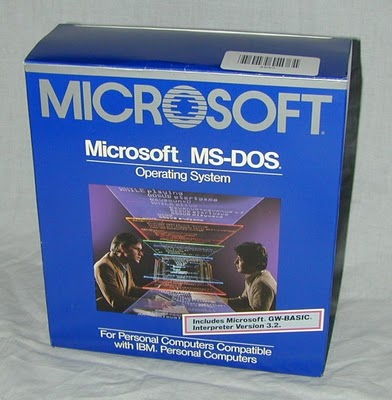
Happy 30th birthday, MS-DOS. Thanks for all the memories, whether they were extended, expanded, highmem, or in UMBs.
Sure, you were cobbled together from various other x86 OSes, had features that often felt bolted on, and were scheduled to be “dead” in 1987 (see: OS/2, which Microsoft actively helped develop and then subsequently torpedoed), but you’re somehow still with us today in Windows 7, at least in virtual machine emulation form.
(Pictured above, the OEM box for MS-DOS 3.2, probably from the era when I first started playing around on our AT&T 6300. Photo credit: unknown, but not for lack of trying…)
-
Wario Monetization Robot
I wanted something nice to have at the office that tell us every time someone make a purchase on our game. Every time we make a buck Wario rings the bell and flash his greedy green eyes. If we made a lot then Wario shoot smoke from his ears!
Wario would approve.
